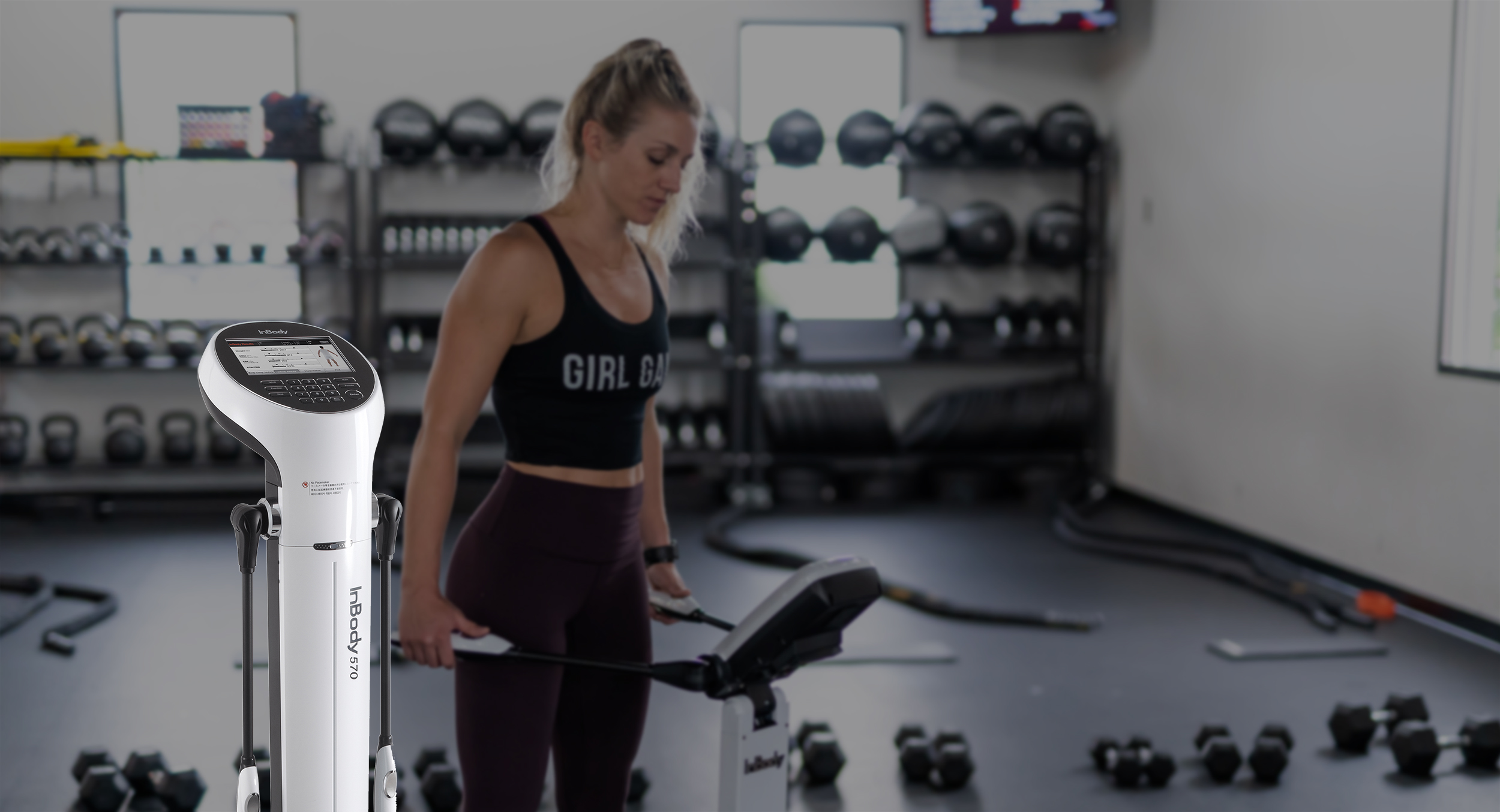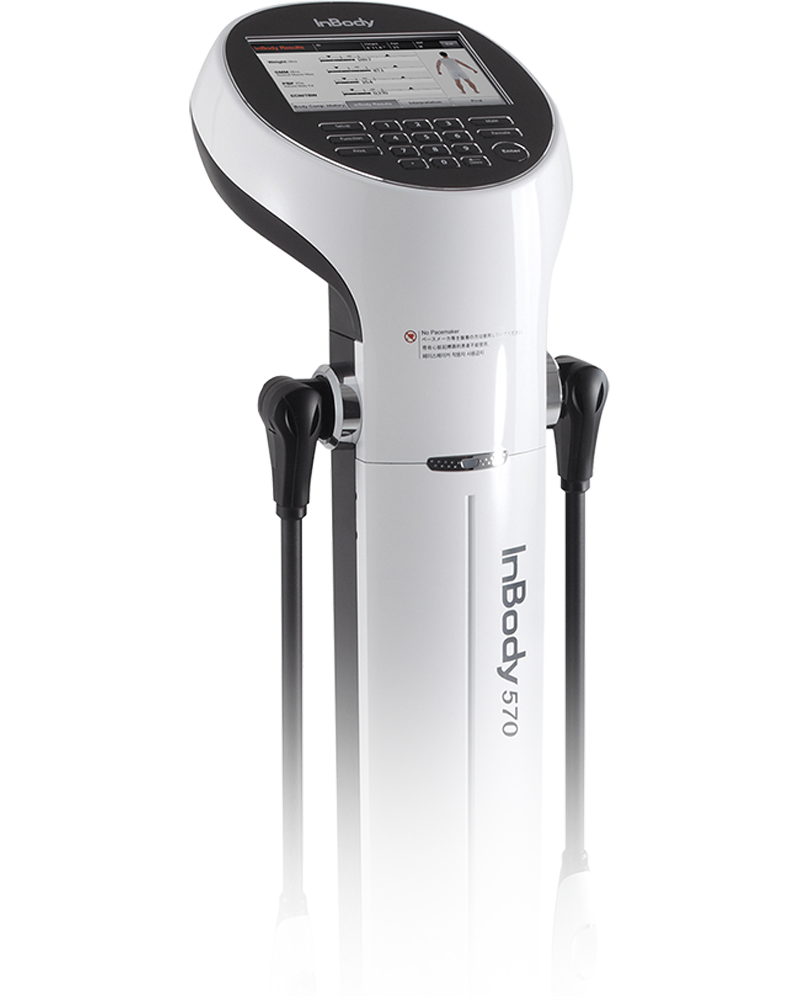

how are you measuring health?
First let’s talk about body composition: Body composition is a method of describing what the body is made of. It includes fat, protein, minerals and body water. It also describes weight more accurately than BMI. Body composition analysis can accurately show changes in fat mass, muscle mass, and body fat percentage. When you’re thinking of losing weight or simply want to see how healthy you are, you probably do one of two things: step on a scale or calculate your BMI. But the truth is, these methods don’t tell you anything about how healthy you are– all weight and BMI does is compare how heavy you are to a standard that doesn’t fit your individual goals.
So are you using the right methods to track your body composition and measure your overall health?
When you’re trying to get healthier, you’re most likely going to lose fat and (hopefully) gain muscle. But BMI and weight don’t differentiate between muscle and fat. When you step on a scale, you can’t see how much muscle or fat you have. All you see is how heavy you weigh.
So do I skip the scale?
Not so fast. You just need to add accurate measurements to your process and understand how to read and track them.
our Body Composition Analysis Method
There are many ways to determine your body composition. Some are quick and easy, but provide basic information only. Some are lengthy and expensive, and require the assistance of a trained technician to administer a test. So we decided to introduce the BIA method for members (and non-members!) that will allow them to efficiently, non-invasively and inexpensively track their Torch progress and set body composition goals.
Bioelectrical Impedance Analysis (BIA) is a method of measuring impedance by applying alternating electrical currents to a user to measuring their volume of water through impedance values.
Members receive discounted benefits of our BIA test.
how does BIA work?
This non-invasive method involves the placement of electrodes on a person’s feet, hands, or both. A low-level electrical current is sent through the body, and the flow of the current is affected by the amount of water in the body. BIA devices measure how this signal is impeded through different types of tissue (muscle has high conductivity but fat slow the signal down).
As BIA determines the resistance to flow of the current as it passes through the body, it provides estimates of body water from which body fat is calculated using selected equations.
Go beyond the scale with the InBody Test, a non-invasive body composition analysis that provides a detailed breakdown of your weight in terms of muscle, fat, and water on an InBody Result Sheet. An InBody Test can take anywhere from 15-120 seconds.
What does InBody measure?
Body fat percentage
Lean muscle mass
Muscle and fat mass distribution (right arm vs left arm)
Body water distribution (cellular health)
Basal metabolic rate (how many calories you burn at rest)
Visceral fat level
And more!!
SEE WHAT YOU’RE MADE OF
Your StudioTorch instructor will guide you through the process, here is what to expect:
[explain process of signing up and testing here:
1) We walk you through introductory measurements (before class? after class? separate appointment?)
2) You get your initial results sheet
3) How often do you test…1x a week?
4) etc..
Members receive discounted benefits!
To fully understand the results sheet, see InBody’s handy interactive guide.
If you have a medical implant, such as a pacemaker, you should not take the test; safe, low-level currents will flow through the body during the test, which may cause malfunctioning of the device.
The InBody uses safe, low-level currents which are not harmful to the body; however, we do NOT recommend pregnant women test.
You should stand upright for 5 minutes before the test.
Do not eat 2-3 hours before the test.
Use the bathroom before the test.
Do not exercise before the test (if scheduling test the same day of a strength session, testing should be done prior to the session).
Test results are most reproducible if repeat tests are done at the same time of the day, under the same conditions*.
If you have any questions regarding your test results, drop by or call us at (614) 525-0791

understanding the Science Behind inbody and BIA
Bioelectrical Impedance Analysis (BIA) measures impedance by applying alternating currents on the human body.
The Concept of Resistance
To better illustrate how this works, imagine the flow of cars in traffic. Your car is the voltage source or current, and the highway you’re on is body water. If there were no other cars, you could zoom past the highway, just as if the human body were full of body water and nothing else, there would be no resistance.
But water is not the only element in the human body, just like you’re not the only car on the freeway. As more cars get onto the freeway, the longer it takes for you to get through the path, creating resistance. Other elements such as fat, muscle, bone, and minerals create resistance to the electrical current that is going through your body.
In BIA, the more water that is in your body, the lesser the resistance. The muscle in your body contains water, unlike fat, so the more muscle you have, the more body water. And the more body water you have, the lesser the resistance on the electrical current.
The Concept of Reactance
Reactance, also known as capacitive resistance, is the opposition to the instantaneous flow of electric current caused by capacitance. Reactance helps measure the cell’s ability to store energy and is an indirect measurement of cellular strength and integrity.
Putting It All Together
Impedance is the vector sum of resistance and reactance and is the measurement BIA devices use to determine your body composition. BIA applies a cylinder model for the relationship between impedance and a human body.
Impedance is calculated by using two formulas:
Calculating the volume of a cylinder (Volume = Length x Area)
Characteristic of impedance: impedance is inversely proportional to cross-sectional area and directly proportional to length.
By knowing the impedance and the length of the cylinder, we can measure the volume of total body water.
In the human body, the same formula applies, where the length would be the height of the person. Therefore, we can calculate the volume of the total body water just by knowing the impedance and the height of individuals. This is also why it is imperative to have an accurate height measurement.






